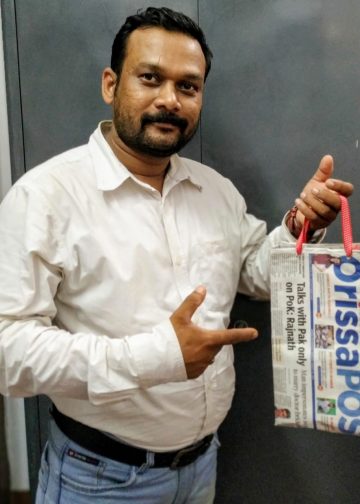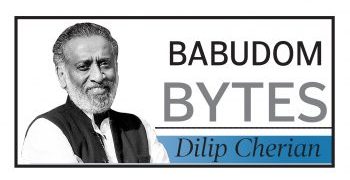Constitution Day was celebrated November 26, the day in 1949 the Constituent Assembly adopted the draft of Indian Constitution that came into effect January 26, 1950. Earlier in 1947, the Constituent Assembly was created to draft the constitution. The 299-member body took two years, 11 months and 17 days to finish the task.
The Indian constitution became the largest written constitution of the world, and gave birth to the largest democracy on earth. Dr Bhimrao Ramji Ambedkar, the Chief Architect of the Constitution saw the adoption and implementation of the Constitution as the real independence.
The visionary framers of our constitution took a global approach to create an outstanding document for future governance of a diverse, free, modern and outward looking India. We borrowed ideas from United Kingdom, United States of America, Soviet Russia, France, Canada, Ireland, Japan and Australia. But these did not make the constitution an imported one but a very innovative document that was ahead of its time.
The objective of the constitution makers was to create equality and opportunity for all. It emerged as a guide for social reform and created conducive social, political and legal environment for radical changes and peaceful revolutions. For Granville Austin the constitution was all about the “social revolution” and for Choudhry, Khosla and Mehta the Constitution was about a “moral revolution”.
Though all state boards have included Indian constitution in their prescribed curriculum for school education with NCERT taking the lead, awareness about the history of the constitution and its utility in daily life is lacking among the common citizenry. This is unacceptable in a modern democracy such as India. There is need for course correction and celebrating Constitution Day is a right step in this direction.
Prime Minister Narendra Modi has urged Indians to connect with the spirit of the Constitution. In his address to mark the occasion this year he spoke about why young minds need to remain connected with the spirit of the constitution and not just with a few articles. He lamented the growing focus on rights and entitlements and suggested that youth should focus on duties and responsibilities as well.
This focus on duties is important but at the same time the government needs to look at the duties of the state in promoting equality and delivering justice, in the absence of which citizens feel powerless and start focusing on rights and entitlements. The government needs to own up the failure in promoting legal and constitutional literacy despite Legal Literacy being a constitutional right and state responsibility.
Justice Sathasivam, former Chief Justice of India had said: “Legal literacy is the core basis for the survival of our Constitutional democracy. Our entire judicial setup functions on the presumption that all people are aware of their rights and are able to approach the concerned institution.” Everyone from judges to constitutional experts have agreed that legal and constitutional literacy are low and that it is affecting the delivery of justice.
Madhav Khosla, an expert on the constitution from Harvard University, feels the basic knowledge of constitution is far less in India compared with the United States and there is a need to “make it more central to public discourse”.
Constitution Day reminds us of the hard work the framers of the document have put in and their vision behind it. And this reminder is for both the government and the citizens. When governments are seen as standing up for constitutional spirit, citizens follow suit. There is a need for a social and educational revolution to achieve legal literacy. Constitution Day is a great start.
The author teaches at National Law University Odisha, Cuttack.







































